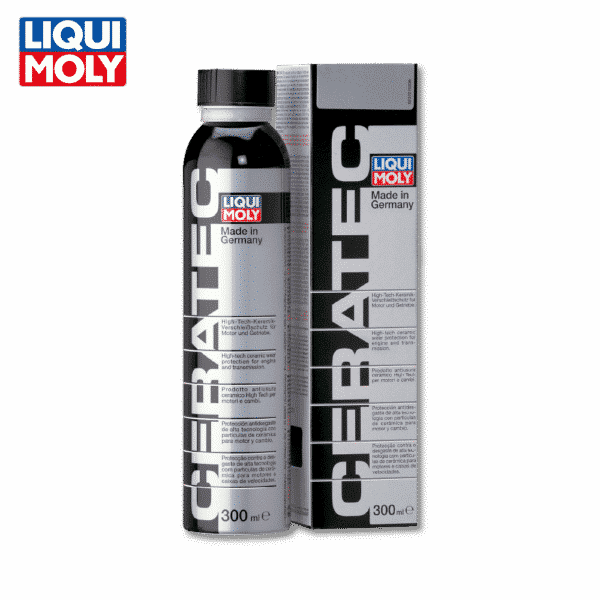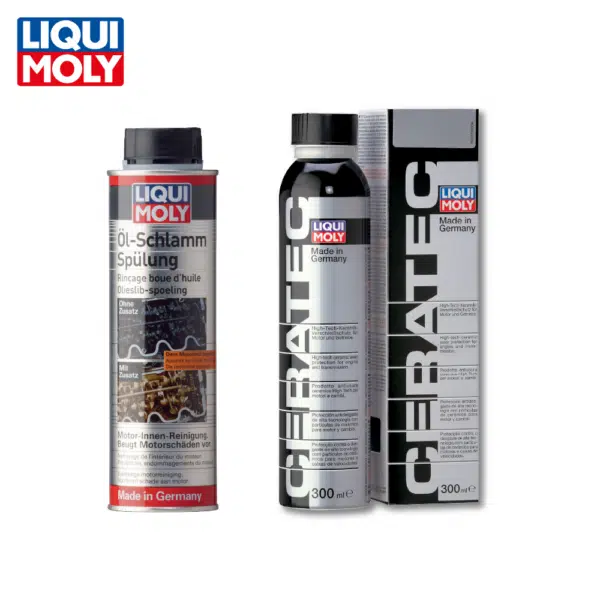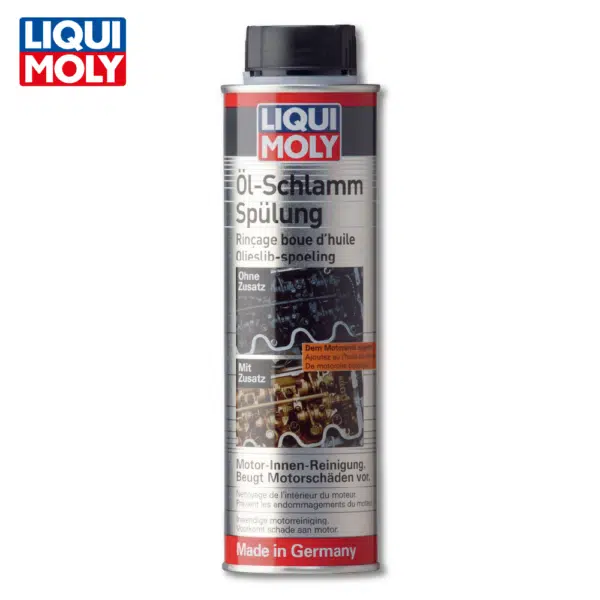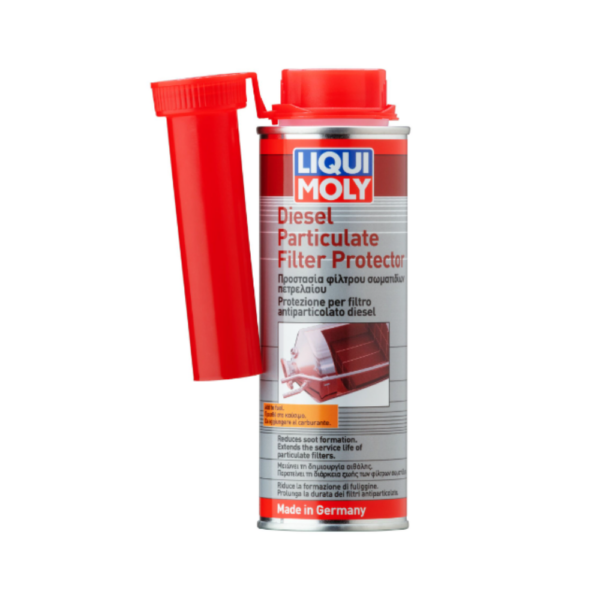Is your vehicle leaving mysterious puddles in the driveway? Are you noticing a distinct sweet smell under the hood? These signs could indicate a coolant leak, a potentially serious issue that can lead to expensive engine damage. In this comprehensive guide, we’ll help you recognize the signs of a coolant leak, locate the source, and provide solutions to fix the issue and prevent future leaks.
Key Takeaways
Recognize signs of a coolant leak, such as puddles and stains under the car, sweet smell from engine, or frequent overheating.
Regularly inspect hoses and connections for leaks or damage to prevent Issues.
Implement preventive maintenance tips including regular inspections, coolant replacement & professional assistance to avoid costly repairs.
Recognizing the Signs of a Coolant Leak
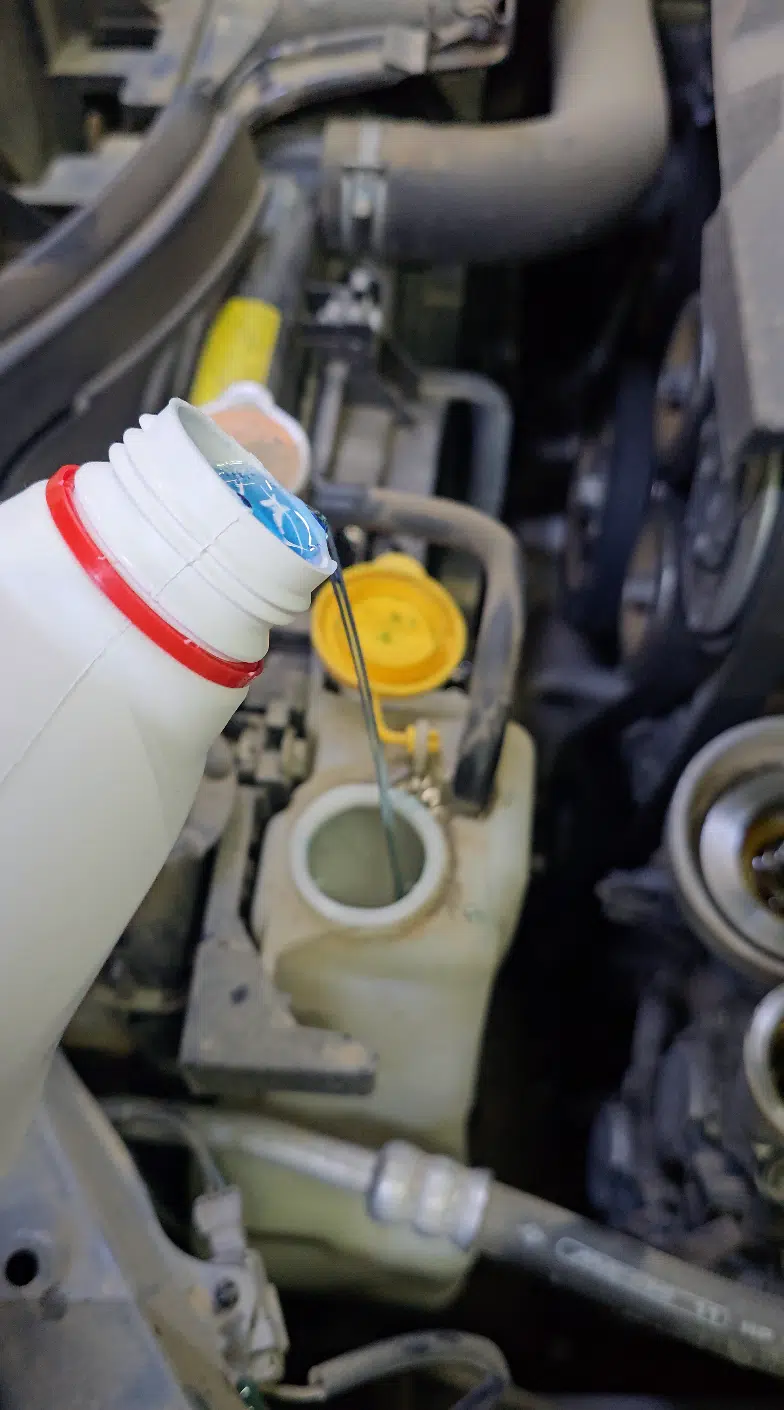
Coolant leaks can have severe consequences if left unaddressed. A leaking coolant can cause your engine to overheat, damage your cylinder head, and even lead to a blown head gasket. Recognizing the signs of a coolant leak is the initial step towards averting these issues, especially before the head gasket blows.
There are three main indicators of a coolant leak: puddles or stains under your car, a sweet smell coming from the engine, and an overheating engine. Familiarizing yourself with these signs can help you catch a coolant leak early and prevent costly damage to your engine.
Puddles and Stains
Colored puddles or stains under your vehicle are often the first sign of a coolant leak. Coolant comes in various vivid colors, such as:
blue
pink
green
orange
red
Observing a puddle of colored fluid under your car may be indicative of a coolant leak.
The presence of coolant on the ground may be the result of small holes in your hoses, loose connections in your cooling system, or issues with the heater core, all of which could lead to losing coolant. A temperature gauge can help you monitor the situation and address any issues promptly.
Sweet Smell
A coolant leak might be signaled by a sweet odor under the hood. This distinct smell comes from the chemicals present in the coolant. If you notice this aroma while your engine is running, it’s crucial to inspect your radiator cap, hoses, and other cooling system components for signs of leakage.
Overheating Engine
Frequent engine overheating could indicate a coolant leak. When there’s a leak in the cooling system, the engine doesn’t receive the proper amount of coolant to maintain an efficient operating temperature. This can lead to your engine becoming too hot and potentially causing damage to the head gasket, cylinder head, or even the engine block.
If you notice steam coming from beneath the hood, it’s a clear indication that your engine is overheating due to a coolant leak. In such cases, you should not attempt to remove the radiator cap, as it can cause hot liquid and steam to escape, leading to severe burns. Instead, follow these steps:
Turn off your engine and allow it to cool down.
Once the engine has cooled, carefully inspect the cooling system components for signs of leakage, such as puddles of coolant or wet spots.
If you find a coolant leak, it’s best to have your vehicle towed to a mechanic for repairs.
Get help for your car from our AI Car Expert!
Locating the Source of the Leak
After identifying the signs of a coolant leak, finding the source becomes a critical step to address the issue effectively. The typical sources of coolant leakage are hoses and connections, the radiator and cap, and the water pump and gaskets.
Careful inspection of a car’s engine components and engine oil is necessary to determine the source of the leak. Keep in mind that some leaks may only be visible while the engine is running, so exercise caution and avoid contact with hot surfaces when checking for leaks.
Hoses and Connections
Start by examining the hoses and connections in your cooling system. Over time, hoses can become brittle, cracked, or develop small holes that can cause leaks. Check for any signs of wear or damage, such as swelling, cracks, or unusual softness. Also, inspect the connections for any loose clamps or damaged hose connectors, which can allow coolant to escape.
Radiator and Cap
Next, check the radiator and cap for any visible cracks, holes, or deformations. A damaged radiator cap can lead to coolant loss and cause the cooling system to lose pressure. If you find any damage to the radiator or cap, it may be necessary to repair or replace the affected component to prevent further leaks.
Water Pump and Gaskets
Finally, investigate the water pump and gaskets for signs of leakage or failure. The water pump is responsible for circulating coolant throughout the cooling system, and its seal can be a source of an antifreeze leak.
Inspect the pump for any visible leaks or damage, and also check the gaskets for signs of wear or deterioration.
-
LIQUI MOLY Ceratec£20.40
-
Premium Oil Change Set£37.23
-
LIQUI MOLY Oil Sludge Flush£16.83
-
LIQUI MOLY Octane Booster£8.29
-
LIQUI MOLY Super Diesel Additive£7.17
-
LIQUI MOLY Diesel Particulate Filter Protector£8.10
-
LIQUI MOLY Radiator Stop Leak£6.20
-
LIQUI MOLY Fuel Injection Cleaner£10.02
Fixing the Coolant Leak
Having located the source of the coolant leak, you can now proceed to address the issue and rectify the leak. Depending on the cause, you may need to repair hoses, seal radiator leaks, or address water pump and gasket issues. Keep in mind that some repairs may be more complex than others, and it’s always a good idea to consult a professional mechanic if you’re unsure about the repair process.
Rectifying the coolant leak not only prevents further engine damage but also assures efficient operation of your vehicle’s cooling system, thus maintaining the engine at the proper temperature and maximizing its performance.
Repairing Hose Leaks
To fix a coolant leak caused by damaged hoses or loose connections, you should replace the worn or damaged hose and tighten any loose hose clamps or connectors. This can help prevent further coolant loss and maintain the integrity of your cooling system.
Sealing Radiator Leaks

If you’ve discovered a leak in your radiator, you can use a radiator stop leak product to seal the leak. These products are designed to fill small holes and cracks in the radiator, effectively sealing the leak and preventing further coolant loss.
Alternatively, if the damage to the radiator is extensive, it may be necessary to replace the damaged radiator with a new one to ensure proper cooling system performance.
Addressing Water Pump and Gasket Issues
If your water pump or gaskets are leaking, it’s essential to repair or replace these components to resolve the coolant leak. Depending on the extent of the damage, you may need to replace the water pump, gaskets, or both to prevent further coolant loss and maintain the efficiency of your cooling system.
Preventive Maintenance Tips
Preventing coolant leaks holds equal importance as fixing them. A few simple preventive maintenance tips can help you avoid coolant leaks and prolong the life of your vehicle’s cooling system. Regular inspections, coolant replacement, and professional assistance can help keep your cooling system in top shape and minimize the risk of leaks.
Preventive maintenance investment can save you from expensive future repairs and ensure optimal efficiency of your vehicle’s engine. By taking care of your cooling system, you’re taking care of your engine and your vehicle as a whole.
Regular Inspections
Perform regular inspections of your cooling system to catch potential leaks early and prevent costly damage. This includes checking:
Hoses
Connections
The radiator
The water pump
Look for any signs of wear or damage.
Staying vigilant and addressing issues as they arise may help extend the life of your cooling system and avert unexpected coolant leaks.
Coolant Replacement
Replace old coolant to maintain optimal engine temperature and prevent leaks. Over time, coolant can become less effective at managing your engine’s temperature, which can lead to leaks and other issues.
Replacing the coolant in your radiator according to your vehicle’s recommended maintenance schedule can help keep your cooling system operating efficiently and prevent potential leaks. Monitoring your coolant level is an essential part of maintaining your vehicle’s cooling system and the coolant reservoir plays a crucial role in this process.
Professional Assistance
Seek professional help for complex coolant leak repairs or if you’re unsure about the source of the leak. A qualified mechanic, with access to specialized tools and equipment, can diagnose the issue accurately and provide reliable repairs, making the repair process more convenient and efficient.
Entrusting your vehicle’s cooling system to a professional allows for proper addressing of any leaks, ensuring your vehicle stays in top condition.
Best radiator leak coolant additives
To help prevent and fix leaks, consider using top radiator leak coolant additives such as:
K-Seal Coolant Leak Repair
Bar’s Leaks Liquid Aluminum Stop Leak
Blue Magic Radiator
Alumaseal Radiator Stop Leak
These products are designed to seal small holes and cracks in the radiator, helping to maintain the efficiency of your cooling system and prevent further coolant loss.
Always follow the manufacturer’s instructions for the correct use of additives, such as propylene glycol.
FAQs about coolant leaks
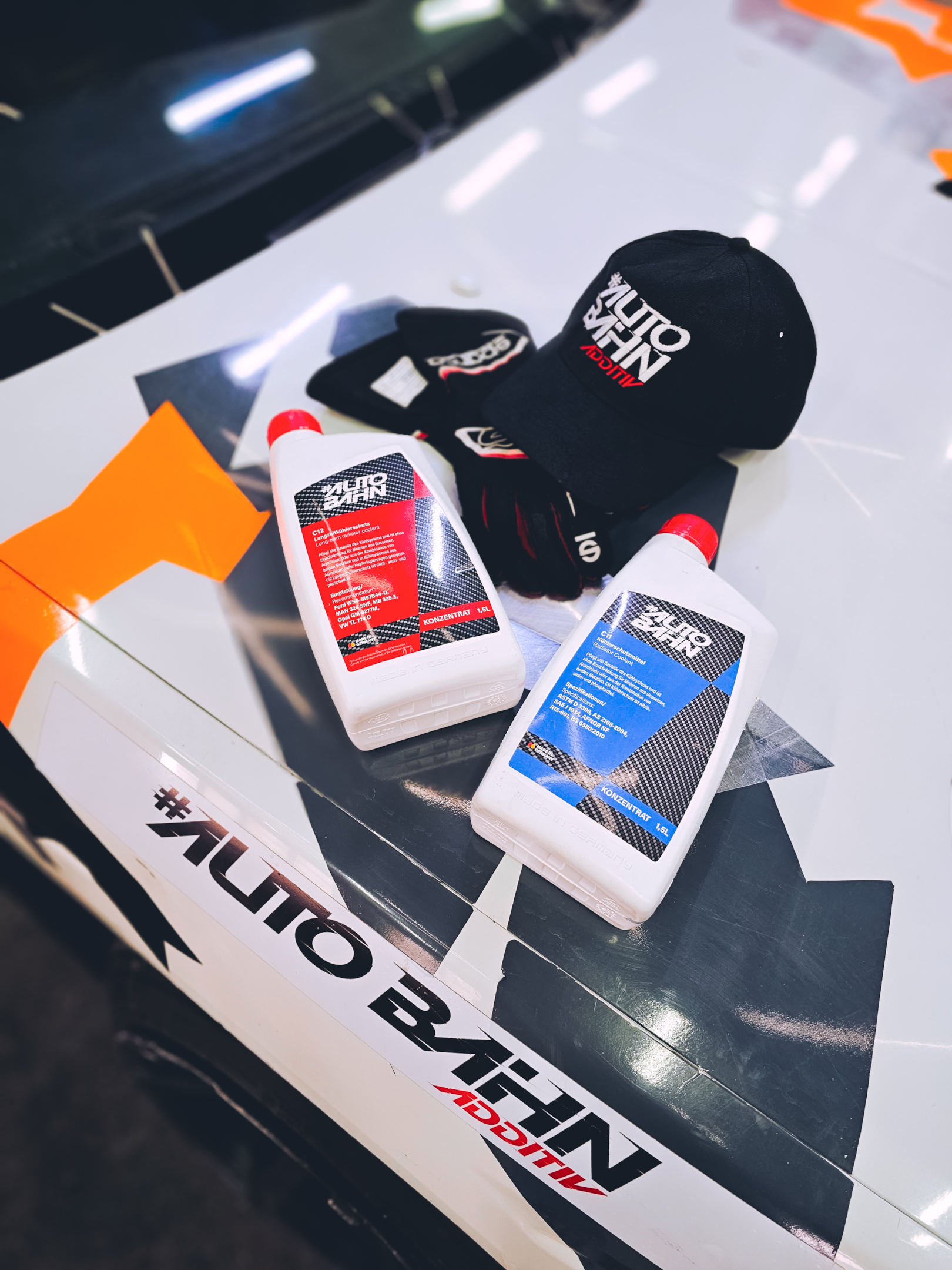
It’s natural to have questions about coolant leaks, their causes, and solutions. By understanding the most frequently asked questions and their answers, you can better diagnose and address any coolant leak issues you may experience with your vehicle.
Summary
In summary, detecting and fixing coolant leaks is crucial for maintaining the efficiency of your vehicle’s cooling system and preventing costly engine damage. By recognizing the signs of a coolant leak, locating the source, and addressing the issue, you can protect your engine and keep your vehicle running smoothly. Don’t forget to follow preventive maintenance tips, such as regular inspections, coolant replacement, and seeking professional assistance, to ensure your cooling system remains in top condition. Remember, a healthy cooling system means a healthy engine and a reliable vehicle.
Frequently Asked Questions
Can you drive a car with a coolant leak?
Driving a car with a coolant leak can cause serious damage to your engine and overheat, so it’s best to book an auto repair appointment immediately.
Is a coolant leak easy to fix?
A coolant leak could be an easy fix like tightening a loose clamp, or it could require replacing a more expensive part like a water pump. It depends on the complexity of the engine’s cooling system.
What is the main cause of a coolant leak?
The main cause of a coolant leak is typically due to weakened hoses and gaskets caused by ageing components. However, there are several other potential causes that should be considered when diagnosing the source of the leak.
Is a coolant leak a radiator leak?
A coolant leak can be caused by wear and tear in the radiator gasket, a broken seal in the radiator cap or damage to the aluminium core or plastic side tanks of the radiator. In most cases, if you see a green puddle of coolant under your car, it’s likely from a radiator leak.
What are the common signs of a coolant leak?
Common signs of a coolant leak include puddles or stains under the vehicle, a sweet smell coming from the engine, and an overheating engine.

